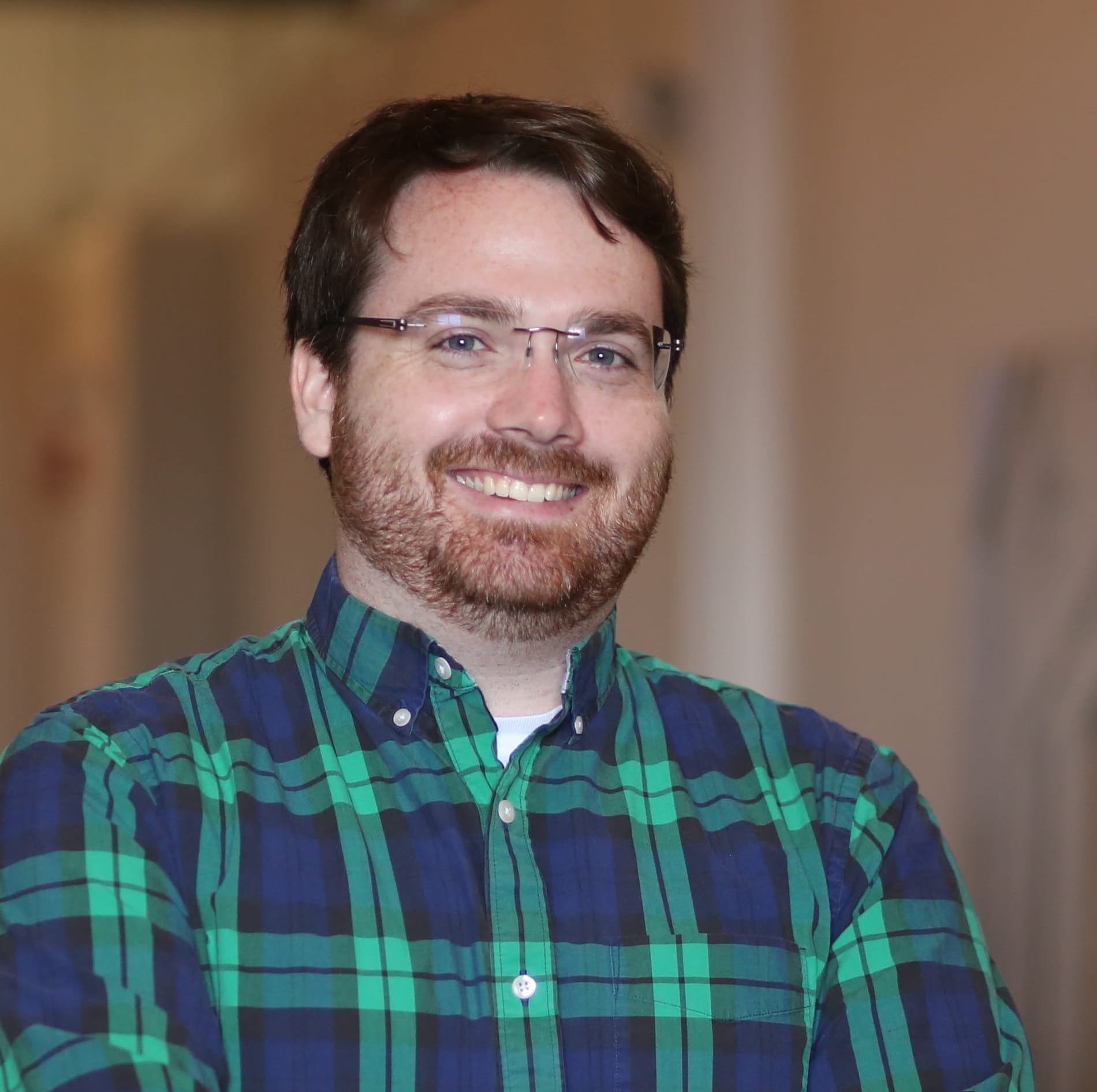Disrupting with Less Software
Last week, I discussed the benefits of incremental change over pivotal change. I was remiss in remembering Clayton Christensen, who passed late January, and his work on disruptive innovation, which has had a profound effect on our work at Vaporware. To correct that here is a relevant article to the disruption of healthcare by Clayton from 2000.
I bring this up because we’re working with an innovative leader this week in the healthcare industry where we’re still faced with this challenge today. So how do we disrupt this industry that remains mostly untouched 20 years after Clayton’s perspective? Where do we start?
The answer lies within the Lean Startup process. In particular, the process’ pre-requirement, A Minimum Viable Product, is where disruption begins. According to Eric Ries, “the minimum viable product is the version of a new product a team uses to collect the maximum amount of validated learning about customers with the least effort.”
Some 9 years after Eric published those thoughts, innovators are easily ignoring this definition and simply focusing on the word “Minimum”, which has led to two common misconceptions:
An MVP is Cheap
False. We get this most often from executive innovators, as they hire a team to build products as MVPs and stop building because it solves the problem “well enough”. From an executive perspective, if someone bought an MVP, why build more? The problem of selling software is solved! If the MVP did not sell, it was a bad idea and shouldn’t be built.
This is misaligned from the original intent of an MVP because the team building an MVP was not building a production-scale finished product. An MVP is designed to be the minimum amount of product to learn from. Once learning is gathered, then more work needs to be done.
In our software terms, this means an MVP is closer to a prototype than a product. We think the confusion comes because executives aren’t familiar with experimentation and learning. While this is changing across the industry (our friends over at Brooks Bell are doing great work in the eCommerce optimization space), executives, by and large, still see MVPs being sold as a product and consider it a one-and-done product.
Because of this common executive understanding, we see a lot of frustration down the pipeline from executives, which has led to another overwhelming distrust of MVPs by designers.
An MVP is dirty
False. Designers misunderstand MVPs because they’re often produced without the proper usability concerns or design considerations. To counter this lack of design, they’ve created the term Minimum Lovable Product (MLP). As proponents of the Lean Startup, we think this term improperly assigns the meaning of Lovability in place of Viability, even if Lovability is not the products’ goal.
That said, this synonym between Lovability and Viability makes sense in some cases, like consumer apps, when the value of the product is usability. Airbnb is a great example where the design implementation matters to the viability of the product to differentiate it in the marketplace. But an MLP shouldn’t be the standard when lovability is not the goal. For example, if the Purchaser is a separate party from the User, then Usability is often explicitly not the main goal to purchase the product. (caveat: this is just for purchase, not retaining users or providing long-term value to reduce churn).
So, if we return to the original definition of Minimum Viable Product, we can start our disruptive innovation by building the least amount of software to maximize our learning. This is simply stated, but difficult to execute. What is truly the least amount of work we can do to optimize your learning? For now, let’s just say it’s the driving reason behind our Fixed Budget, Flexible Scope methodology.
More on that later,

Co-Founder, CEO
